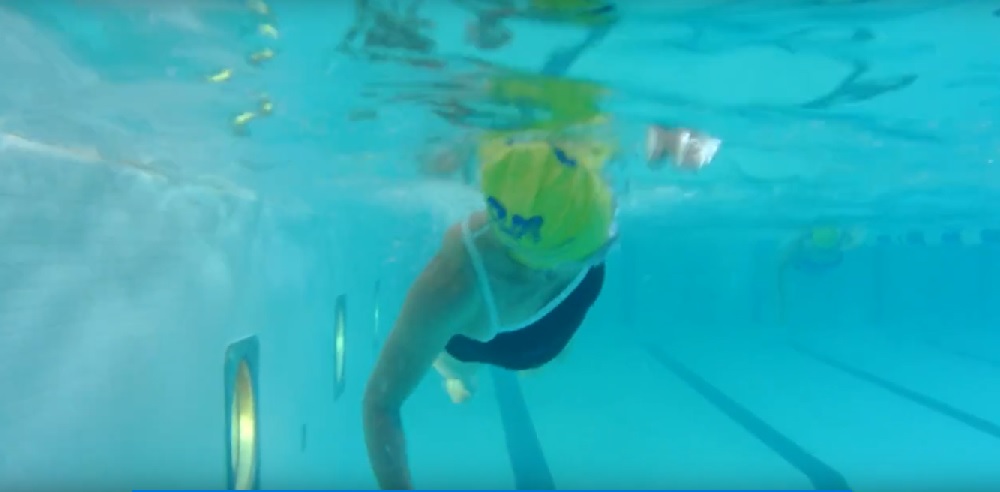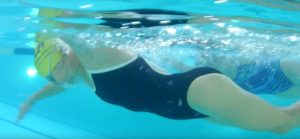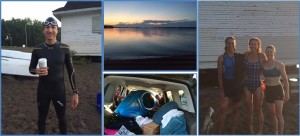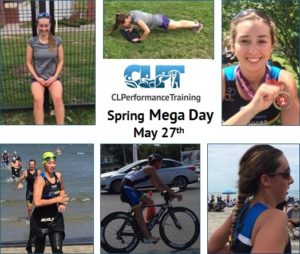You are a triathlete. You’ve finished your last race of the season. You were looking forward to some down time and now you don’t know what to do with yourself or how to direct your focus and energy over the next couple of months. Well, assuming your 2019 race season starts in the spring, now is the perfect time to work on your weaknesses in the sport.
Be honest with yourself and decide what part of triathlon is your weakest and could use some extra focus, and then plan your training time accordingly. For many of us, swimming is our weakness and it’s also the sport that requires the most time and organization to get done. If you commit yourself to putting in the effort, you’ll be more likely to find ways to fit training sessions into your week instead of coming up with excuses for not doing it.
Check your pool times, sit down with your calendar and plan out 4 to 6 days per week that you can get to the pool. And yes… I did say 4 to 6 days – assuming you have been swimming at least 2-3 days throughout the season. To get a big improvement in swimming you should plan to get in 15,000 to 20,000+ yards per week. For most of us with full time jobs and family commitments that isn’t possible to do all year. So take advantage of the offseason to get in that extra time swimming while you decrease the volume you are doing on the bike and the run.
There are lots of schools of thought out there on swim training and how to get better. Some say that you should spend yards and yards focussing on specific technique drills. Some say you should swim fast often. Some say you should swim often and swim a lot of volume.
At CLPT we believe that swimming higher volume, swimming often and including some speed work or swimming some efforts in higher training zones is important for you to experience significant gains in your swim performance. We also know that spending a few training blocks putting in that kind of time and effort will give a big boost to your swim that you can maintain most of when you back off on swim volume and put back in the focus and time on the other two sports, as your schedule allows.
That doesn’t mean don’t focus on technique. Every swim stroke should always be the best and most efficient as you can do, regardless of the workout. And swims that include specific drills have a place on recovery days and as part of your warm up and cool down on a regular basis. If you are someone who tends to have shoulder problems because of a problem with your stroke it makes sense sometimes to do drills that focus directly on correcting that problem.
We believe that swimming regular freestyle, and putting your thought and focus into one part of the stroke as you are swimming the full stroke at various efforts, is more effective than swimming yards and yards, breaking up the stroke into small pieces. We want you to get better at swimming the whole functional stroke rather than getting better at swimming drills.
Keep your eyes on our newsletter and web updates for information on upcoming swim clinics, or email us at clperformancetraining@gmail.com to find out how we can help you in the pursuit of your endurance training and racing goals!
~ by Dr. Cindy Lewis, CL Performance Training
Chiropractor, Multisport Coach, Personal Trainer, Professional Triathlete, Healthy Eating and Weight Loss Coach
(D.C., B.Kin, NCCP Level 1 Triathlon, VDOT 02 Certified, Can Fit Pro PTS and HWL Certified)




